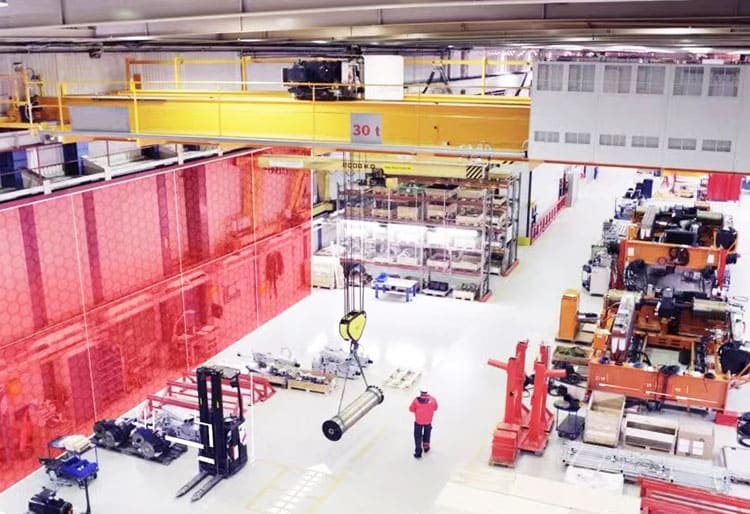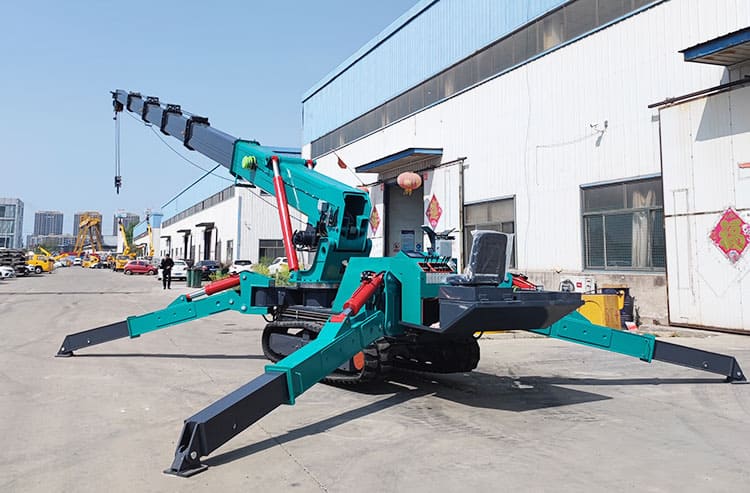Hoisting plays a crucial role in modern logistics services. Generally, there are ten kinds of common hoisting equipment, namely, tower crane, overhead crane, truck crane, spider crane, helicopter, mast system, cable crane, hydraulic lifting method, structure hoisting, and ramp hoisting. Below is a detailed introduction for everyone.
1. Tower crane: the lifting capacity is 3~100t, and the arm length is 40~80m. It is usually used in fixed places with long service life, which is economical. Generally, it is a single machine operation, and can also be lifted by two machines.
2. Overhead crane: with a lifting capacity of 1~500T and a span of 4.5~31.5m, it is easy to use. Mainly used in factories and workshops. Generally, it is a single machine operation, and can also be lifted by two machines.
3. Truck crane: hydraulic telescopic arm type, with a lifting capacity of 8-550T and an arm length of 27-120m. Steel structure arm type, with a lifting capacity of 70-250T and an arm length of 27-145m. It is flexible and easy to use. It can be lifted by single or double machines, or by multiple machines.
4. Spider crane: The lifting capacity ranges from 1 ton to 8 tons, and the arm length can reach 16.5 meters. Medium and small heavy objects can be lifted and walked, with flexible mobility, convenient use, long service life, and more economical. It can be lifted by single or double machines, or by multiple machines.
5. Helicopter: With a lifting capacity of up to 26T, it is used in areas where other lifting machinery cannot complete it. Such as in mountainous areas, high altitude, etc.
6. Mast system: usually composed of mast, cable wind rope system, lifting system, towing roller system, traction tail sliding system, etc. Masts include single mast, double mast, herringbone mast, gate mast, and well mast. The lifting system includes a winch pulley system, a hydraulic lifting system, and a hydraulic jacking system. There are lifting techniques such as single mast and double mast sliding lifting method, turning (single or double turning) method, and anchor free pushing method.
7. Cable crane: used in situations where other lifting methods are inconvenient, the lifting weight is not large, and the span and height are large. Such as bridge construction and lifting of television tower top equipment.
8. Hydraulic lifting method: Currently, the method of “steel wire suspension load-bearing, hydraulic lifting jack cluster, and computer control synchronization” is commonly used. There are mainly two methods: pull-up (or lifting) and climbing (or jacking).
9. Using structures for lifting, that is, using the building structure as a lifting point (the building structure must be checked and approved by the design), and lifting or movement of equipment can be achieved through lifting tools such as winches and pulley blocks.
10. Ramp lifting method refers to the use of lifting devices such as winches and pulley blocks to lift equipment by erecting a ramp.
Post time: Jun-13-2023










